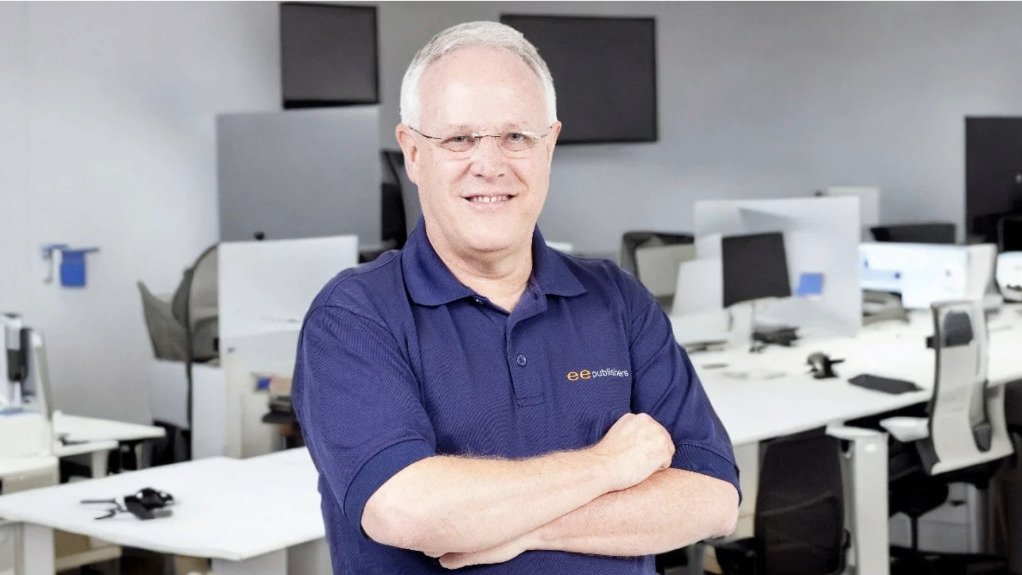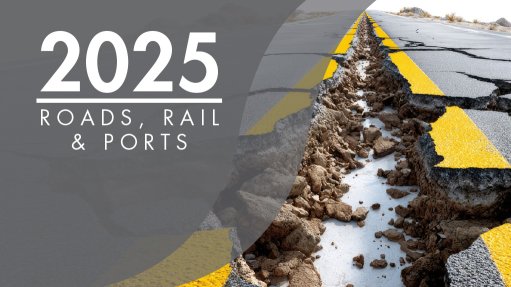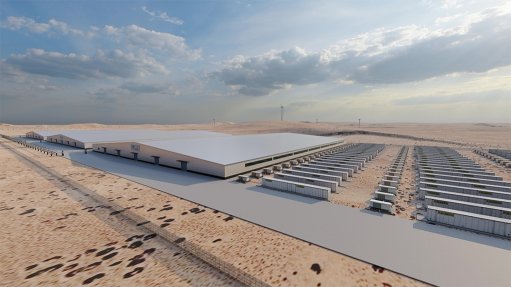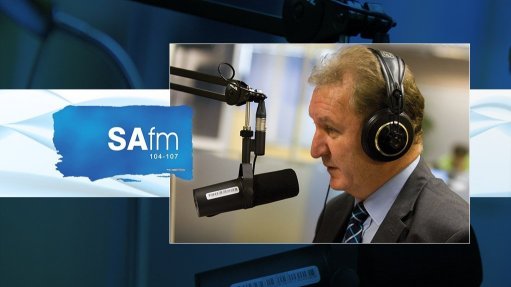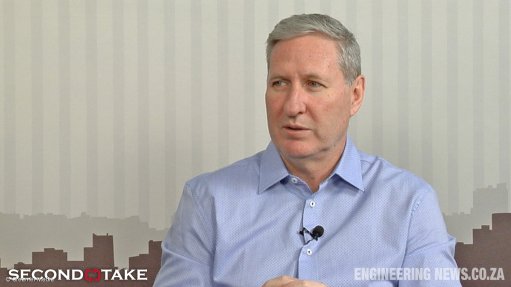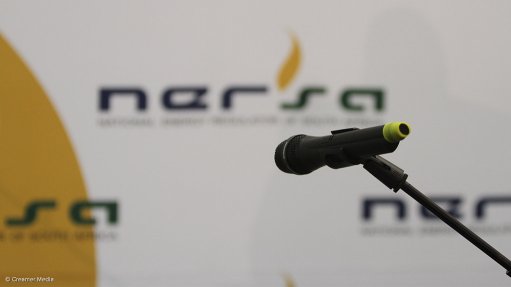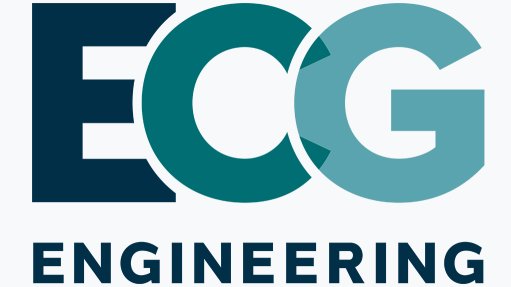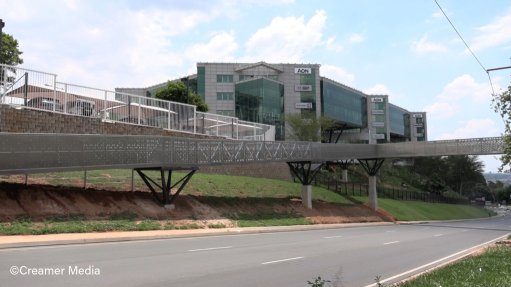Opinion: Risks identified in Eskom’s 2026–2030 system adequacy outlook require a critical balancing act
In this article, EE Business Intelligence MD Chris Yelland writes that Eskom's 'Medium-Term System Adequacy Outlook 2026–2030' report portrays a power system entering a delicate transition and that careful synchronisation of generation, gas infrastructure and grid expansion will be needed.
Eskom’s 'Medium-Term System Adequacy Outlook (MTSAO) 2026–2030' report provides a detailed, probabilistic assessment of whether South Africa’s generation fleet and network will be able to meet demand during the next five years.
Published on October 30, in line with the South African Grid Code, it is not a planning document but an adequacy review, measuring whether available and expected resources can keep the lights on under varying assumptions.
The 2025 edition represents a methodological change: it replaces the traditional single-node model with a new multinodal analysis that maps generation and demand to specific transmission nodes. This approach exposes the regional dimension of adequacy – revealing where local shortfalls or grid congestion could cause loadshedding even when national generation appears sufficient.
DEMAND SCENARIOS
The study models three demand trajectories linked to GDP growth of 1.7%, 2.7% and 3.5%. Under the moderate scenario – adopted for the base case – electricity demand rises from 243 TWh in 2024 to 264 TWh in 2030 – an annual growth of 1.4%.
These projections depend heavily on industrial performance and on the continuation of the Hydro Cahora Bassa (HCB) import agreement, which supplies 1.15 GW until at least March 2030. The System Operator cautions that early termination would materially change the results. Meanwhile, small-scale embedded generation has already reached an estimated 6.9 GW, but growth has slowed as the frequency of loadshedding declined in 2025.
SUPPLY DYNAMICS
Total installed capacity is about 65 GW – dominated by coal, followed by solar PV, wind, diesel, hydro, pumped storage, nuclear, battery energy storage (BES) and other minor technologies. Yet, the outlook identifies a looming base-supply cliff: 8.4 GW of Eskom coal capacity is scheduled for retirement in 2029 to 2030 and the 1.15 GW HCB import agreement with Mozambique expires simultaneously, creating a 9.5 GW potential loss of firm supply.
While Eskom’s review of its coal-fired power shutdown schedule has postponed closures to 2029, the decline remains inevitable. Koeberg’s life-extension to 2044 partly offsets this, but the fleet’s energy availability factor (EAF) remains critical. Under the moderate-case average of 60% EAF, adequacy is maintained; a fall to 55% EAF reintroduces risks of loadshedding.
Publicly procured renewables have expanded rapidly – from 0.47 GW in 2013 to 7.32 GW in 2025 – and will reach an estimated 11 GW through the Renewable Energy Independent Power Producer Procurement Programme Bid Windows 5 to 7 and Risk Mitigation Independent Power Producer Procurement Programme. Private projects (behind-the-meter and wheeling) will add another 11.5 GW (about 7 GW solar and about 4.4 GW wind), while Eskom’s own hybrid and BES projects contribute 1.89 GW and independent power producer (IPP) BES projects add about 0.5 GW, by 2028.
The most uncertain component is the planned 6 GW of combined-cycle gas turbines (CCGTs) – half Eskom, half IPPs – assumed to enter service in 2030. Any delay would raise unserved energy beyond 4 TWh and push diesel-driven open-cycle gas turbine (OCGT) utilisation above 40%.
ADEQUACY METRICS AND METHODOLOGY
Adequacy is deemed acceptable when annual unserved energy is below 20 GWh and OCGT capacity factors remain under 6%. The modelling uses Monte Carlo hourly simulations combining randomised demand, renewable output and outage events.
Four scenarios are analysed:
-Base case (committed capacity, including CCGTs).
-All new capacity (every project expected by 2030).
-Risk-adjusted capacity (excludes delayed gas).
-Accelerated build (adds 4.7 GW of fast-tracked private projects).
This framework allows comparison of outcomes depending on how quickly new generation is realised and how well retirements and additions are synchronised.
RESULTS
The system remains broadly adequate until 2029 under the moderate EAF and demand assumptions. Unserved energy spikes in 2029 as 5.26 GW of coal capacity closes, then declines in 2030 once 6 GW of CCGTs are assumed to come online. If gas slips beyond 2030, the supply gap deepens dramatically.
OCGT utilisation stays minimal through 2028 but surges when coal units retire, reaching unsustainable levels if CCGTs are delayed. The analysis reinforces the need to align gas commissioning with coal shutdowns.
Excess energy, mainly from solar PV, becomes increasingly prevalent. In the accelerated-build scenario, more than 5 TWh of curtailment occurs by 2028. Transmission constraints, rather than true oversupply, cause most of it, with the Poseidon main transmission substation (MTS) in the Eastern Cape showing curtailments above 70% until grid reinforcements arrive.
The study highlights simultaneous daily surpluses and shortages – excess solar during midday followed by evening deficits – signalling the onset of South Africa’s characteristic “duck-curve” effect unless significant BES capacity is added.
TRANSMISSION ADEQUACY
The new multinodal model reveals that adequacy is now as much about where power is generated as how much exists nationally. Generation shortages remain the main cause of unserved energy, but transmission bottlenecks are increasingly material. Key load centers such as in Gauteng and North West face localised deficits owing to network congestion.
Major transmission upgrades – new 400 kV MTS substations at Kyalami and Bighorn, among others – are planned but are largely only operational beyond 2030. In the interim, the System Operator must rely on operational measures such as sectionalising and contingency limits to manage congestion.
The findings strengthen the case for accelerated investment through the new National Transmission Company South Africa (NTCSA) and National Treasury’s Transmission Financing Facility.
OPERATIONAL AND POLICY IMPLICATIONS
The MTSAO makes clear that system reliability depends on flexibility, not only capacity. Without significant increases in BES capacity, daily ramping of coal units up to 7 GW to accommodate solar generation imposes wear and could reverse recent EAF gains, which improved from 55% in the 2023 financial year to about 63% in the 2025 financial year.
Gas generation is identified as a bridge technology, yet infrastructure delays and regulatory uncertainty threaten timely delivery. Without gas, 2030 could see over 4 TWh of unmet demand – equivalent to about 80 days of Stage 4 loadshedding.
However, private renewable energy generation expansion is reshaping the market, with more than 11 GW of projects at an advanced stage highlighting investor appetite. However, uncoordinated rollout ahead of grid expansion risks worsening curtailment, especially in coastal provinces.
Finally, frequency-stability data show rising volatility linked to solar peaks, underlining the need for fast-response BES and demand-side resources to participate in ancillary-service markets.
POLICY LINKAGES
Although non-prescriptive, the MTSAO’s outcomes align closely with national policy instruments. Its adequacy data underpin the Integrated Resource Plan, IRP 2025; reinforce priorities in Eskom’s Transmission Development Plan 2025–2035; and provide empirical grounding for the Electricity Regulation Amendment Act, which will enable the competitive wholesale electricity market.
Together, these frameworks point to a future system built on diversified, flexible and regionally balanced supply.
KEY RISKS
Three structural risks dominate the outlook:
-Coal-retirement gap: 9.5 GW of firm capacity shut down by 2030 without guaranteed replacement.
-Gas-to-power delay: Slippage beyond 2030 raises unserved energy above 4 TWh and OCGT usage above 45%.
-Transmission congestion: Severe curtailment in the Eastern Cape and other regions until new substations are operational.
Additional threats include possible closure of coal stations after 2030 if environmental exemptions lapse, accelerated equipment degradation from cycling and rising frequency instability as inverter-based generation grows, unless synchronous condensers and/or synthetic inertia from grid-forming BES is added.
OUTLOOK
Eskom’s Medium-Term System Adequacy Outlook 2026–2030 portrays a power system entering a delicate transition. Adequacy risks now exist on both sides of the equation: shortfalls from delayed firm capacity and surpluses from rapid renewable growth. Managing this dual challenge demands careful synchronisation of generation, gas infrastructure and grid expansion.
Sustaining 60% EAF, commissioning 6 GW of CCGTs on time and executing transmission reinforcements before 2030 are essential conditions for stability.
The study ultimately reframes South Africa’s energy question from “How many megawatts?” to “How flexible and well-timed are they?” – a shift that will define whether the country can move from chronic shortage to sustainable adequacy by the end of the decade.
Article Enquiry
Email Article
Save Article
Feedback
To advertise email advertising@creamermedia.co.za or click here
Comments
Press Office
Announcements
What's On
Subscribe to improve your user experience...
Option 1 (equivalent of R125 a month):
Receive a weekly copy of Creamer Media's Engineering News & Mining Weekly magazine
(print copy for those in South Africa and e-magazine for those outside of South Africa)
Receive daily email newsletters
Access to full search results
Access archive of magazine back copies
Access to Projects in Progress
Access to ONE Research Report of your choice in PDF format
Option 2 (equivalent of R375 a month):
All benefits from Option 1
PLUS
Access to Creamer Media's Research Channel Africa for ALL Research Reports, in PDF format, on various industrial and mining sectors
including Electricity; Water; Energy Transition; Hydrogen; Roads, Rail and Ports; Coal; Gold; Platinum; Battery Metals; etc.
Already a subscriber?
Forgotten your password?
Receive weekly copy of Creamer Media's Engineering News & Mining Weekly magazine (print copy for those in South Africa and e-magazine for those outside of South Africa)
➕
Recieve daily email newsletters
➕
Access to full search results
➕
Access archive of magazine back copies
➕
Access to Projects in Progress
➕
Access to ONE Research Report of your choice in PDF format
RESEARCH CHANNEL AFRICA
R4500 (equivalent of R375 a month)
SUBSCRIBEAll benefits from Option 1
➕
Access to Creamer Media's Research Channel Africa for ALL Research Reports on various industrial and mining sectors, in PDF format, including on:
Electricity
➕
Water
➕
Energy Transition
➕
Hydrogen
➕
Roads, Rail and Ports
➕
Coal
➕
Gold
➕
Platinum
➕
Battery Metals
➕
etc.
Receive all benefits from Option 1 or Option 2 delivered to numerous people at your company
➕
Multiple User names and Passwords for simultaneous log-ins
➕
Intranet integration access to all in your organisation



